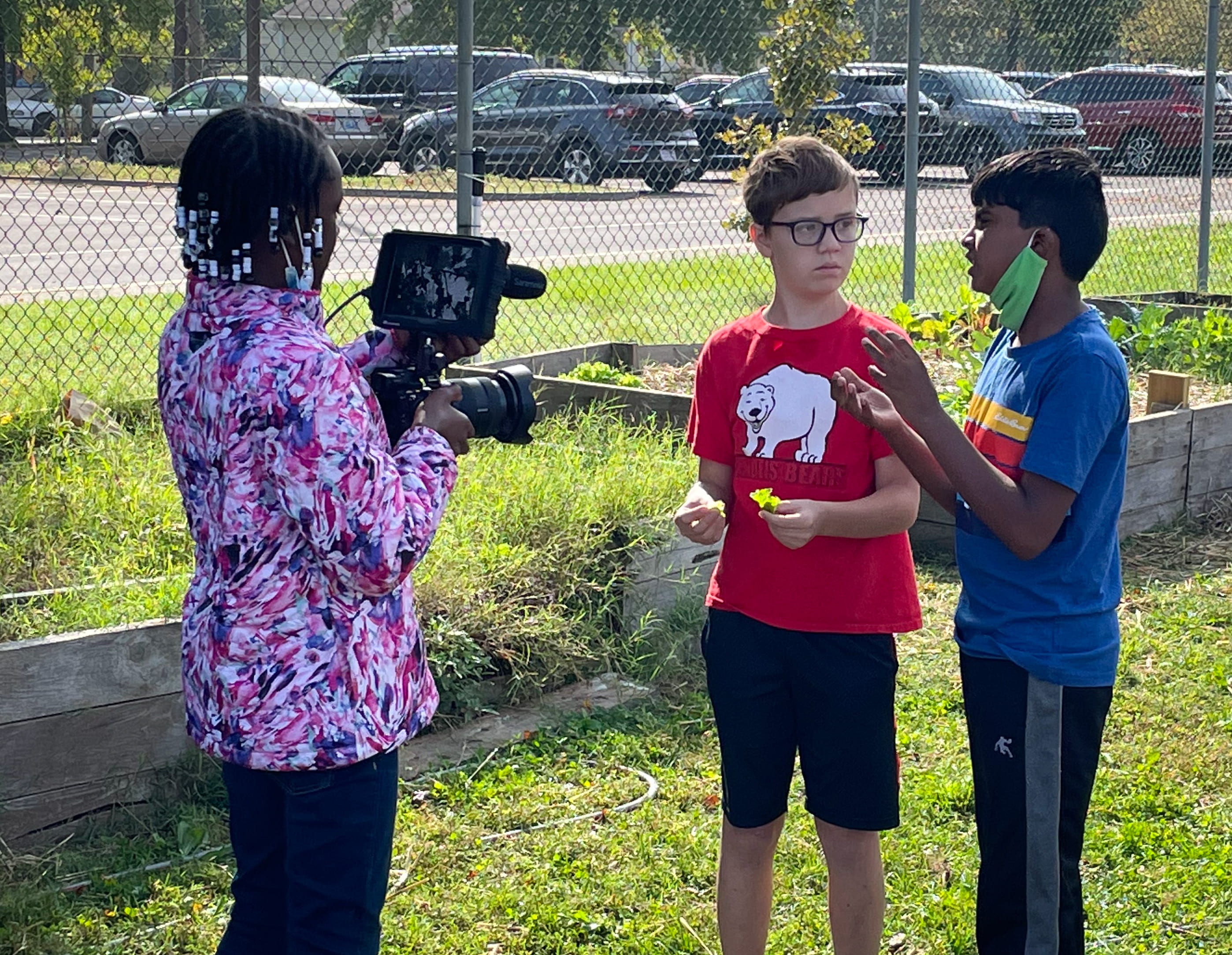A plant that can thrive in an environment with little sunlight. A flower that can withstand tornado-level winds. A fall vegetable garden that will produce radishes ready for eating. A stop-animation video of the full plant cycle. And a pumpkin patch that is planted in the summertime, who knew?
These are just a few of the many projects and experiments the students at Brandeis Elementary School in Kentucky are working on. This year, students are planting and tending a garden that their teachers will use as a vehicle for learning across all disciplines.
Fifth-grade science teacher Eric Snyder says that the options are pretty much endless when it comes to curriculum connections he can make by using the garden as his inspiration. From food chains to food webs to sun patterns, students are able to take academic language and concepts and see them blossom - literally - before their eyes.
“Students have really been able to learn a lot about the garden, but also about the science that we're learning anyways in fifth grade,” he said.
Brandeis Elementary is a STEAM school that places a strong emphasis on project-based learning and inquiry. The STEAM lab is a classroom where students are encouraged to try - and fail- at new skills and concept-building.
Nathan Cole is the STEAM lab teacher. He gets to see students grow in resilience over their four or five years at the school.
“As they grow I want them to understand that you just need to try it. It's okay to fail - that's how we grow,” he said. “They slowly start to get the message that they can do it that they're going to make mistakes and it's nothing to get upset about you know. It usually makes your final product better and it makes your brain stronger.”


